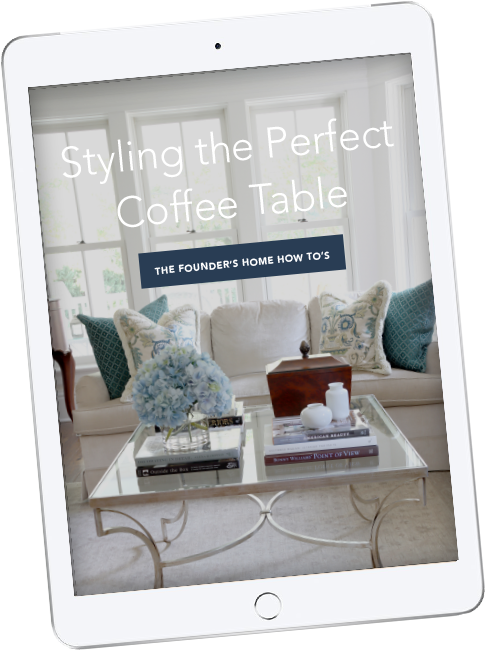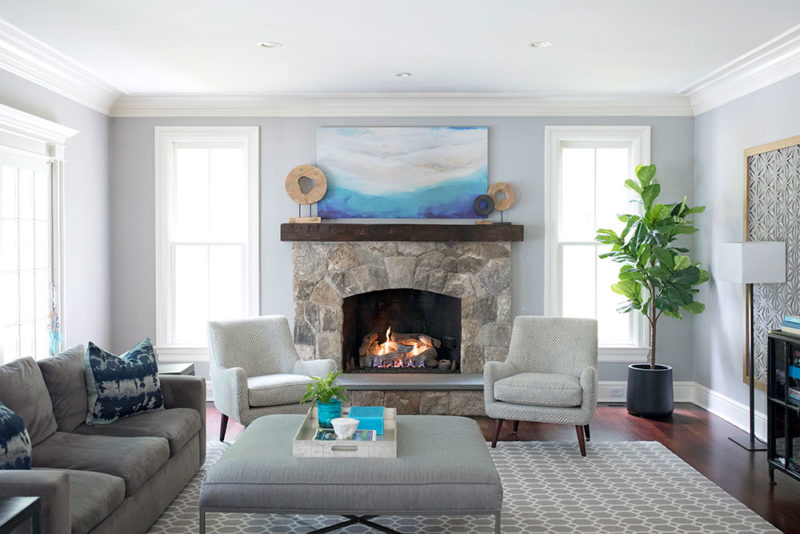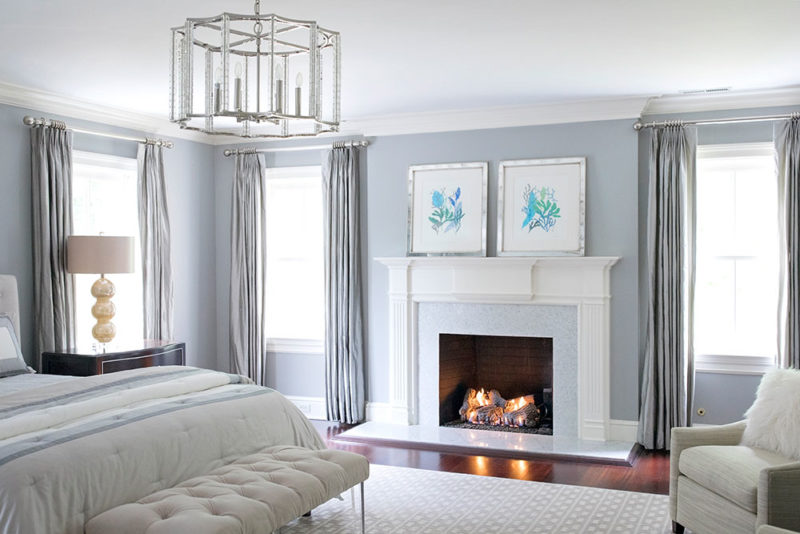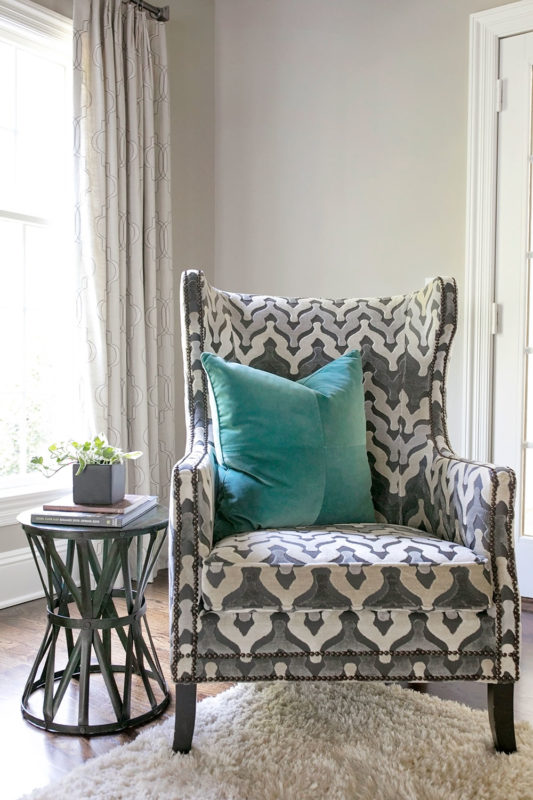
Learn how to style the perfect coffee table.
5 complete looks with shopping links!
Visualizing Your Dream Home: Tips for Finding Inspiration and Designing with Purpose

Last week we discussed why knowing what you love, want, and need is important in visualizing your dream home. If you would like to read that, you can here.
So, how do you figure out what you love, want, and need? You need to lean in and start.
Home design (and almost everything) may feel uncomfortable—like it doesn’t come naturally to you as it may for others. Your friend decorated her home herself, and it is incredible. You’re together at a home accessory store, and she seems to know exactly what is needed to finish her coffee table. She saw and bought it, and as much as you can’t believe it, it is perfect. She is in marketing, not interior design—how did she pull that off? Every time you have tried to finish your coffee table, it looks like a jumbled mess.
We’ve all been there in some way, shape, or form—cooking, fashion, gardening, sports, and the list can go on and on—things we want to have skill in but feel way outside our comfort zone.
The reason that it (likely) came easier for her is that she practiced. Yes, some people are naturally good at things, but it comes down to practice for most of us: practice and patience. Nothing happens overnight, and you need to lean into the discomfort of the unknown and start.
I’m not saying you’ll change careers at the end of this process or even enjoy it, but hopefully, you’ll start to feel more comfortable in your design skin once you start and help you hone in on visualizing your dream home.
Finding Your Design Style
Today we are starting with how to know what you love.
These three steps will start you on the journey of learning what you love.
 1. Be aware of your surroundings
1. Be aware of your surroundings
Take it all in when you are driving past houses, when you’re in restaurants, and other people’s homes—all of these places give you a chance to see what you like and what you don’t like.
Even shopping at the mall. When you are walking through the mall, each store feels completely different. You may walk into one space and feel comfortable, so you look longer and linger, but the next, you can’t wait to get out of. That’s the point; they want to attract a person who likes their product. They choose the colors, patterns, fragrances, lighting, and music to attract clients. That is the perfect example of how designing your home can affect how you feel in your space—you feel differently in each store.
Pay attention to how you feel in the spaces you are in. What is it that you like? What sparks something in you? And also what doesn’t—knowing what you don’t like is equally important.
2. Do some research
This is not as scary as it sounds! I’m talking about taking step one to the next level by spending some dedicated time to focus and be aware. Take the time to study some photos to see the layers of design and the details in the room and pinpoint what you are attracted to.
Think in terms of:
- scale—the size of one thing compared to another. Ex a loft apartment with tall ceilings, oversized windows, and open concept living versus a historic colonial with small, intimate spaces.
- color—not just the actual color, but also how they are used. Ex bright, clear colors versus muted, tone on tone, neutrals, neutrals with pops of color, monochromatic, etc
- patterns—modern geometric, classic florals, historical prints, tailored stripes and plaids, old school paisley, the lack of pattern, etc
- textures—the layers that textures can create: sheen, metals, woods, fabrics, rugs
- style—traditional, modern, transitional, mid-century modern, etc
- shapes—clean lines vs. rounded corners, strong pieces vs. softer
So many factors go into completing a space. Once you take some time to study the photos of rooms you are attracted to, you can start to understand the things in these rooms you like. You’ll begin identifying patterns when you connect what you like from one room to the next. The more you do this, the easier it will be to see the patterns.
The best places for design research are Pinterest, design books, Instagram, and good old magazines.

3. Start collecting photos of the things you love
Make Pinterest boards, create galleries, fill a binder, or pin photos on a bulletin board.
It sounds simple, but the point is getting in touch with your design style and self. Pay attention to what gives you a reaction and start collecting, Then go back and review the photos and edit out what may not feel right anymore. You’ll begin in one place, but as you repeat this process, your design palette will expand, and you will evolve.
Again, the point is not to turn you into a designer; it’s to make you aware of yourself: your design style, what makes you happy, what brings you joy, and what you love. That is step one to visualizing your dream home.
For some design inspiration, follow us on Pinterest and Instagram, where we discuss all things design.

Hi, I’m Molly Hirsch, and I help women founders, executives, and entrepreneurs translate their highly effective work approach to their home design, creating a space that rises up to meet their needs while enhancing the warmth and style of their family home. Discover all the ways we can work together to create a home of your dreams.

 1. Be aware of your surroundings
1. Be aware of your surroundings